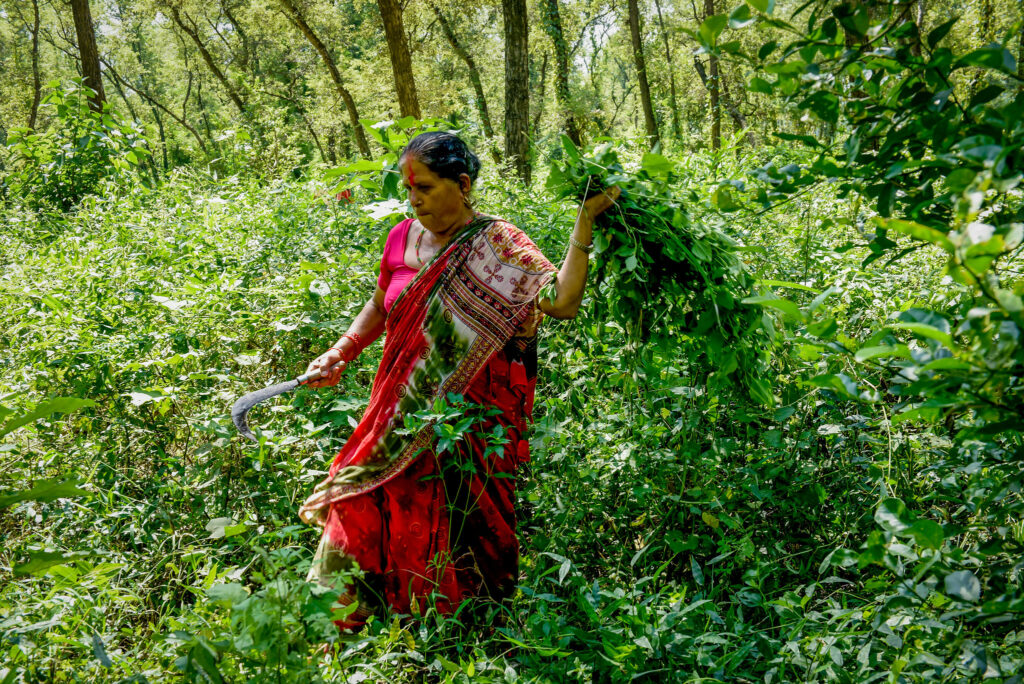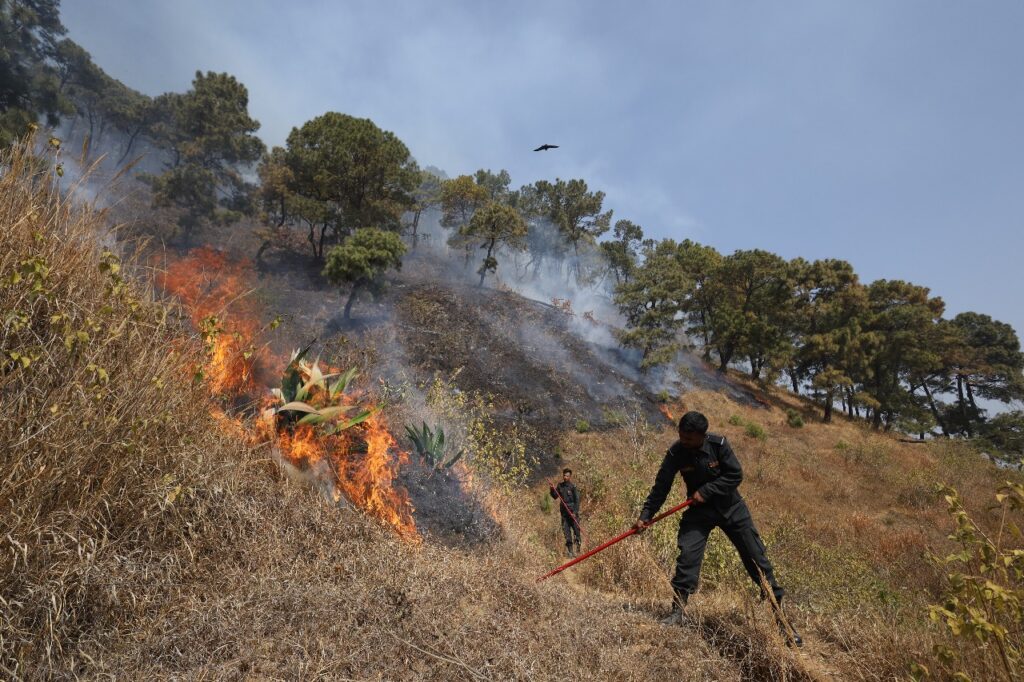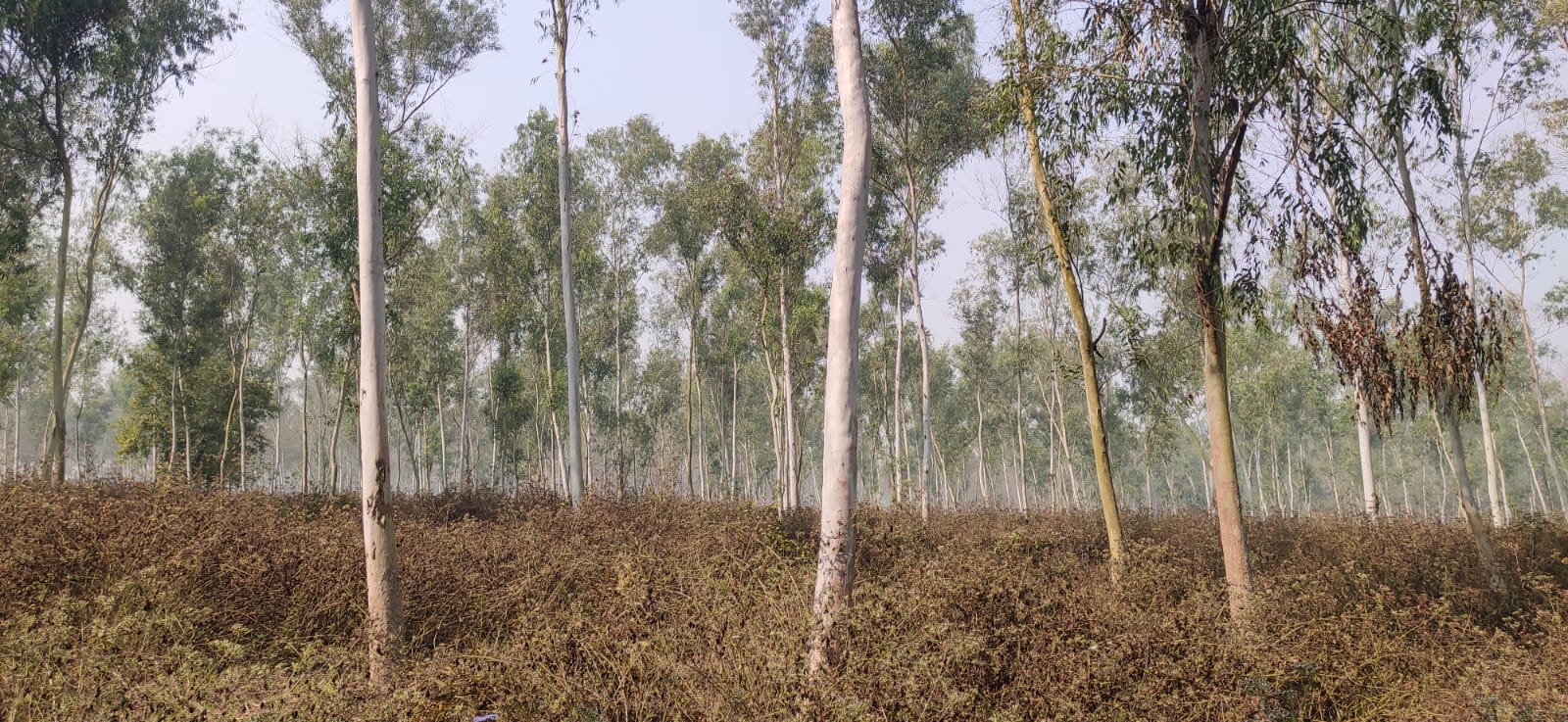Food & Climate
Dry forest leaves and twigs have been turned into organic compost in Nepal, thanks to a group of women who are not only improving the soil but also preventing fires.
According to a report seen by “Food & Climate” Platform, the women’s work in the tranquil forests of Nawalpur District is described as a revolution using completely unexpected tools—cutting tools and piles of compost.
A group of women in the Binayi Trivin Municipality are transforming what was once one of the region’s greatest threats into a promising economic opportunity.
For composting in Nepal, 41-year-old Meena Poudel is a model for this revolution. At dawn, she bends down under the shade of slender sal and beech trees, running her hands over the carpet of fragile, bronze-colored leaves, “their edges fragile, sun-kissed, and curled like sleeping insects”.
Around Poudlel, other women move in quiet harmony, slashing through the brambles and dead wood with blades dulled by daily use. The forest breathes more easily with each sweep. The tangled undergrowth that once caused forest fires is now being composted for something new: a slow chemical process that turns it into organic fertilizer.
A Flourishing Organic compost in Nepal
Poudel’s Organic compost in Nepal has not only contributed to a thriving local economy but has also reduced forest fires by 70% over the past year. What began as a means of survival has become a matter of stewardship, a local economy building leaf by leaf.
Poudel explains, “By removing unnecessary materials from the forest floor, we have significantly reduced the risk of fires. With fewer fires, the environment is cleaner, which also has a direct positive impact on human health. Furthermore, the biofertilizers we produce after processing the materials are organically pure, making them safer for human health, more convenient, and more environmentally friendly.”
As secretary of the Pinay Community Forest Users Group, a community group committed to responsible forest management, Poudel manages the group’s day-to-day operations. What she and her colleagues are doing represents a radical shift in how local communities deal with environmental threats.

Turning Risks into Opportunities
Nepal’s women composters have devised a proactive business model that turns risks into opportunities. Their project now produces more than 60,000 kilograms annually, with ambitious plans to double production to 125,000 kilograms.
The branches—which they collect themselves or purchase from local women for two rupees—enter a carefully managed processing cycle. After harvesting, the biomass is passed through a chipper, which shreds the branches and saplings into smaller pieces, accelerating the decomposition process.
After chipping, the biomass is systematically layered—with a balance of dry and green material to ensure optimal conditions—and placed in long, narrow piles known as “rows,” which allow the organic material to decompose naturally in the open air. The piles are turned regularly to introduce oxygen, while humidity and temperature levels are closely monitored to maintain microbial activity and ensure efficient decomposition over approximately 90 days. To enhance this process, local microorganisms that are beneficial to agriculture are added, transforming the compost into an environmentally friendly biofertilizer. The final stabilized product not only provides essential nutrients to plants but also helps restore soil health and microbial biodiversity, both of which are essential for maintaining and improving soil fertility over the long term.
This seemingly simple process has profound implications. The organic fertilizer they produce helps local farmers transition away from chemical inputs, improving soil health and crop productivity across the region. Most importantly, it now provides income opportunities for 400 people in an area where employment opportunities, especially for women, were scarce.
The transition from forest fire risk to entrepreneurship began with local action but gained momentum through coordinated support. This effort was followed by targeted investment. The local municipality contributed a matching amount to the group’s initial capital.

In 2023, the FAO Forest and Farm Facility provided $25,000 in catalytic funding. The Forest and Farm Facility began a preparatory process to assess the group’s potential, then supported training in forest management, composting techniques, and market-based value addition. These steps helped ensure the project was not only environmentally sound but also economically viable.
And it’s not over yet. The forest extends far beyond their community, and they are not yet safe from the fires. But their movement is expanding every day—one handful of forest waste at a time, training another neighbor, nurturing another nursery. It’s a women’s movement that began with one forest and now spans six. Soon, these women plan to work in 42 forests, reducing forest fires and building economies in the process.

